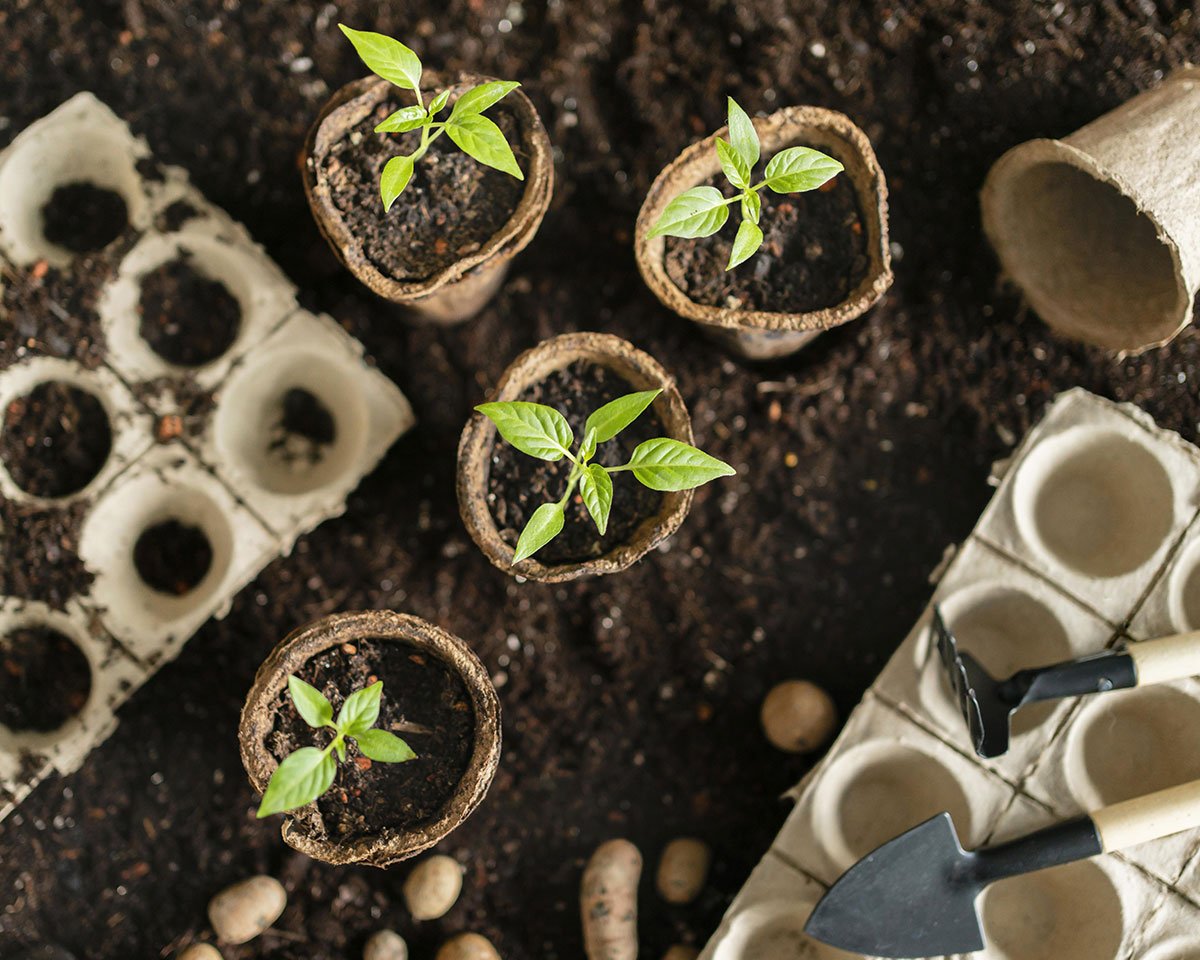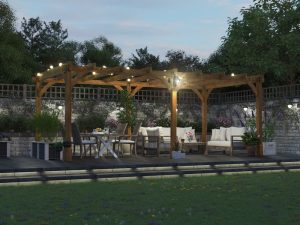The growing season tends to have a beginning and end, which is generally determined by the climate and temperature. However, the colder temperatures don’t have to mean the end to gardening. Here are some tips on ways of extending the growing season throughout the year.
Know your garden
The first place to start is knowing what to plant, and when. This can depend on the conditions in your garden, and can vary at different times of the year. Different areas of the garden may be more shaded or receive more sunlight than others. Some parts may be shielded from cold winds by fences and garden buildings. There may even be some areas that are more prone to frost. The type of soil you have can also have an impact on how successfully your plants grow.
Understanding these factors will help you to choose the right plants, flowers and vegetables that are best suited to your garden. Focus on planting in areas with the best growing conditions, making sure each type of plant is placed in the best spot to maximise its potential for growth.
Some plants are specifically designed to grow in colder climates, and some are even hardy enough to survive the winter. Follow guidelines closely on when the best time of year is to plant specific things, so you can ensure the soil temperature is warm enough for them.
Start seeds indoors
Get a head start on the following year’s season by starting seeds off indoors. That way, when springtime comes around, you are ready to begin planting straight away. You can easily plant your seedlings in small containers, such as yoghurt pots and plastic cups. You will be doing your bit for the environment too by recycling these items and repurposing them for another use. Create your own potting shed in the garden to give your plants a dedicated space to start growing.
Closely monitor your seedlings as they grow and develop, ensuring they have enough light, warmth and water. As the plants get bigger, you can transfer them into larger pots to help sustain their growth. By the time the weather is warm enough outside, your plants will have established strong roots. You should get outside and plant them as early as you can.

Plant often
Instead of planting everything all at the same time, stagger it in stages to stretch growth over a longer period of time. Or sow different varieties that mature at different rates. This is especially useful when growing vegetables, as it means you can spread out the harvesting and have crops ready to eat at a manageable rate. If everything is all growing at the same speed, you will likely have more than you can consume, and you don’t want it to go to waste.
Change the crops you grow to keep in line with the changing seasons, so you can keep planting from spring through to autumn. Regular planting is also beneficial to the soil as it keeps it in a productive state that discourages weeds. Keep on top of any weeds and remove them as soon as you see them, so they don’t have time to compete with what you are trying to grow.
Use raised beds, trellises and pergolas
Raised beds are typically boxed off areas in the garden designed for growing in, and are at a higher level than the natural ground. They can come in various shapes, sizes and heights. Taller height planters raised up on legs are ideal for people with mobility restrictions or those who have trouble bending or kneeling down.
Raised beds allow you to use a nutrient rich soil appropriate to the plant you are growing, as you can choose what to fill the container with. You don’t have to use the native soil in your garden, which may not be suitable for growing in. The soil inside a raised bed or planter generally stays loose and does not get too compacted. This means weeds are less likely to grow, and they can be easily maintained if they do as they will be easy to pull out.
Some plants and vegetables grow well on structures like trellises and pergolas, where they can climb, wind around and trail. Growing upwards leaves more space around the bottom for additional plants to grow. This will also make a beautiful and interesting feature in your garden.
Learn more about Growing with Pergolas, Planters and Beds.

Don’t overwater
The biggest mistake most gardeners make is overwatering their plants. Only water them when it is needed, such as during long periods of dry weather with no rainfall. Soil that is rich in organic matter will retain water, keeping it available to any thirsty roots. Mulching around plants will also ensure that water doesn’t evaporate too quickly.
Overwatering is more common than underwatering. Too much water encourages roots to stay just underneath the surface of the soil instead of stretching down. This results in the root systems having less access to nutrients in the soil that are vital to the plants growth. It also causes the roots to dry out quicker, so they will need watering more often.
You can easily tell if your garden needs watering by testing the soil and squeezing some in your hand. If it holds together then there is enough moisture in the soil, but if it doesn’t then it is a sign of being too dry. The best time of day for watering is early in the morning. This is so that leaves have a chance to dry out and the soil can warm up as the day progresses. Make sure you provide enough water to penetrate all the way down to the roots of the plants.
Protect from frost
Your plants will need protecting from both early and late frost, so will need covering. This can be done with a special cover or plastic sheeting. Individual plants can be covered by plastic bags or plastic milk bottles. But be sure to remove them when the sun comes out so they don’t overheat inside, and be careful about puddles of water forming.
If you have plants in pots or containers, move them indoors overnight or when the temperatures drop, to help keep them frost free. Bring established plants, or start them out growing, inside somewhere where it is warm and light. You can set up garden sheds or outdoor buildings to use specifically for this purpose. Keeping them in a garden building makes it convenient and easy to move them in and out as the weather changes. It also keeps them away from any interference, so they are left in peace to grow.
Planning ahead is key to extending the growing season so you can keep going all year long.








